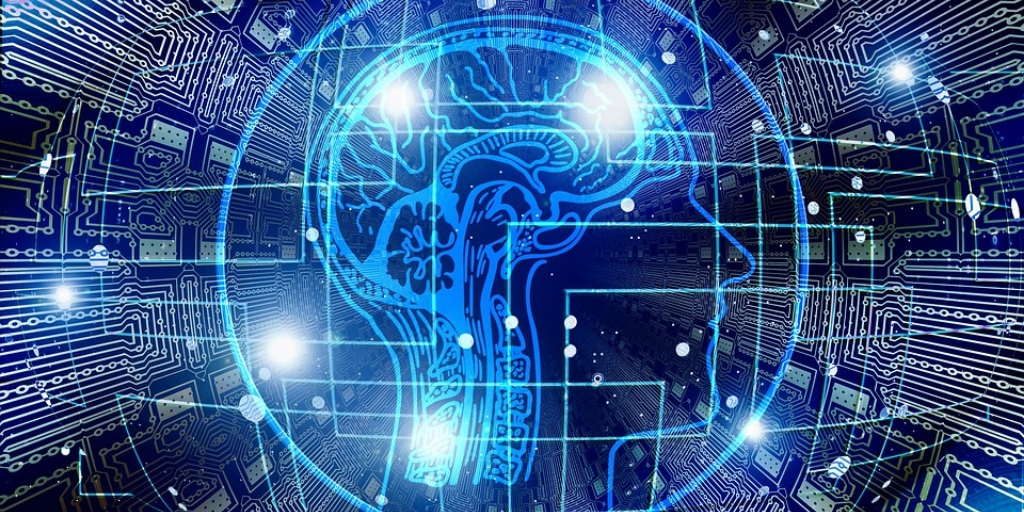With the power to drastically increase efficiency in all areas of the supply chain, it’s important brands are exploring the benefits of AI. Here are four examples of how AI can benefit your supply chain.
Highlights:
- It’s estimated that supply chain firms could gain $1.3 to $2 trillion a year from using AI.
- Machine learning has the ability to quickly discover patterns in supply chain data by relying on algorithms and constraint-based modeling to find the most influential factors.
- The increasing popularity of chatbots is making it harder to ignore how AI is helping shape not just the daily logistics but also the B2B marketing landscape and operational procurement for supply chain industries.
Artificial intelligence is not simply affecting supply chain management, it is revolutionizing it.
With the power to drastically increase efficiency in all areas of the supply chain, McKinsey estimates that firms could gain $1.3 trillion to $2 trillion a year from using AI in supply chain and manufacturing.
Here are 4 examples of AI and how it’s changing supply chain management for the better.
1. Autonomous transport
There’s nothing more exciting than the field of autonomous transport for SCM. We’ve all known for many years that driverless trucks have major potential to affect supply chain management and logisitics.
We aren’t there yet – and “anyone employed as a driver today will be able to retire as a driver” — but if autonomous trucking can be developed to its potential, the technology would effectively double the output of the U.S. transportation network at 25 percent of the cost.
The conversation is no longer simply talking about vehicles on the road either. Google and Rolls-Royce recently partnered to build autonomous ships too.
2. Final-mile delivery route efficiency
One doesn’t have to have a driverless vehicle, however, to use AI to optimize delivery logistics.
For example, in the “devilishly complex” task of delivering 25 packages by van, the number of possible routes adds up to around 15 septillion (that’s a trillion trillion).
That’s where route optimization software and AI-powered GPS tools like ORION — which UPS uses to create the most efficient routes for its fleet — are making their mark. With ORION, customers, drivers and vehicles submit data to the machine, which then uses algorithms to creates the most up-to-date optimal routes depending on road conditions and other factors.
And there are also other autonomous entities out there besides cars, trucks, and ships. Robots using LIDAR technology are now being used to deliver items in crowded city environments. For example, Marble’s robots deliver medicine, groceries, and packages, and they also track their routes and the condition in order to continuously improve delivery for the next time. Additionally, last-mile solutions with drones continue to be explored due to their ability to move quickly and bypass almost all ground-level obstacles.
3. Demand forecasting, particularly for warehouse management and SCM strategy
Machine learning has the ability to quickly discover patterns in supply chain data by relying on algorithms and constraint-based modeling to find the most influential factors. This ability to find data patterns without human intervention has applications in EVERY aspect of SCM, but demand forecasting is a particularly influential component beneficiary.
Warehouse management and SCM strategy rely heavily on correct supply, demand, and inventory-based management. Forecasting engines with machine learning offer an entirely new level of intelligence and predictive analysis of big data sets that provides an endless (and constantly self-improving) loop of forecasting, overhauling the way we manage inventory and the way we create new strategies for our industries.
4. Chatbots for marketing and operational procurement
The increasing popularity of chatbots is making it harder to ignore how AI is helping shape not just the daily logistics but also the B2B marketing landscape and operational procurement for supply chain industries.
A chatbot is a computer program that simulates human conversation using auditory or textual methods. It communicates with your customer inside a messaging app, like Facebook Messenger, and is similar to email marketing without landing in an inbox. Mimicking a human conversation, chatbots currently allow for increased customer engagement through messaging app technology that isn’t yet saturated with marketing. They are just one of the many ways to integrate AI and marketing.
There’s so much more than these 4 examples to consider when discussing AI and the supply chain: prediction of delivery arrival times to the warehouse and to the customer, cargo sensors, automated purchasing, financial applications…the list literally may be endless.
Choosing what to focus on for this article, and more importantly, for all supply chain and logistics businesses, is a tough decision, but one thing is clear: in the “arms race” to leverage AI in SCM, some will come out on top and some will be left behind.
This post originally appeared on EBN Online.
Related posts:


